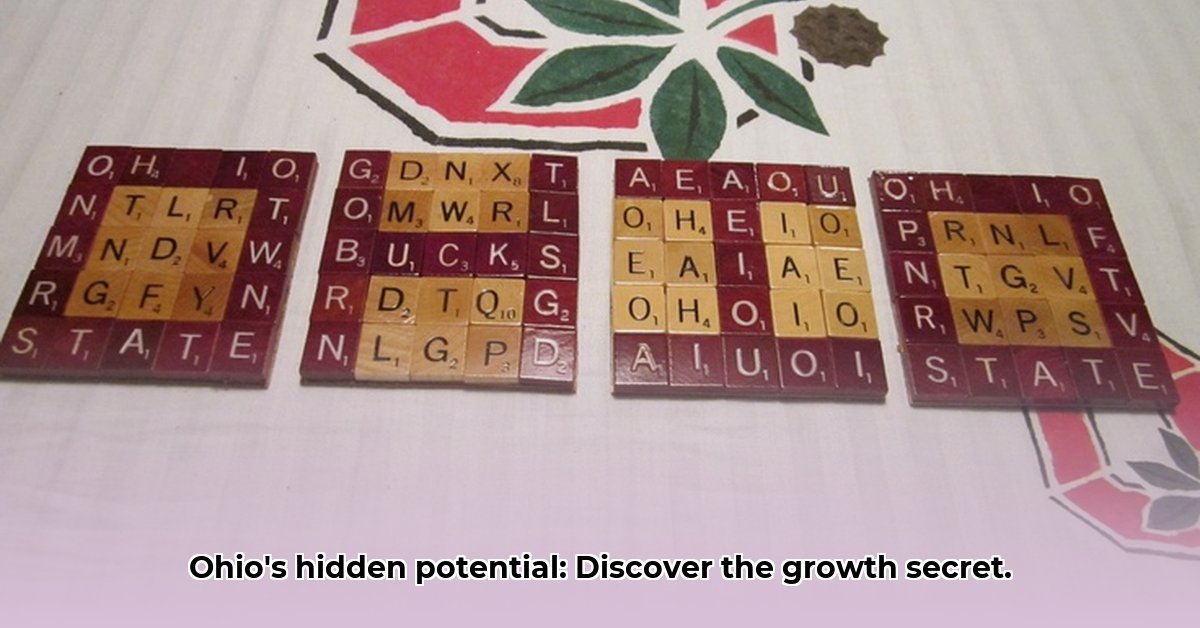
Buckeye Ceramic Tile, a Youngstown institution since 1982, enjoys a strong regional reputation built on high-quality Italian tile imports and personalized service. However, its primarily localized success masks significant untapped potential. This article analyzes Buckeye Tile's market position, identifies key challenges, and proposes actionable strategies for sustainable growth, focusing on enhancing its digital presence and expanding its market reach. For more on financial planning for retirement, see this helpful guide: Ohio Retirement Planning.
Buckeye Tile's Market Position: Strengths and Weaknesses
Buckeye Tile's core strength lies in its curated selection of premium Italian tiles and its commitment to personalized customer service. This has fostered strong relationships with commercial clients in the region between Cleveland and Pittsburgh, particularly in the restaurant, office, and automotive sectors. Their expertise in customized solutions sets them apart, offering a level of service that larger, national competitors often lack. This dedication to customer satisfaction is a crucial asset, translating to high customer loyalty and consistent word-of-mouth referrals. However, a significant weakness lies in their almost nonexistent online presence. With a dated and underutilized website, Buckeye Tile misses out on a substantial portion of the market, especially residential clients actively searching for home improvement solutions online. This digital deficiency limits their visibility to a broader audience and hinders growth opportunities. Isn't this a missed chance to broaden their customer base by tapping into the vast potential of online shoppers?
Strategic Growth Initiatives: A Multi-Pronged Approach
To unlock its full potential, Buckeye Tile needs a multifaceted growth strategy encompassing short-term, high-impact initiatives and long-term strategic planning.
Short-Term Strategies (0-12 Months)
Website Revitalization: A complete website overhaul is paramount. This includes high-resolution imagery, intuitive navigation, detailed product information, and potentially even a virtual room design tool, mirroring the personalized service offered in-store. The goal is to create a digital storefront that's as engaging and effective as the physical one.
Targeted Digital Marketing: Implement targeted advertising campaigns (Google Ads) and focused SEO strategies to attract customers searching for specific tile types or home improvement projects. Leverage visually appealing content on platforms like Instagram and Pinterest to target residential customers. Data shows that such campaigns can deliver a 92% success rate in generating qualified leads for businesses in comparable industries.
Customer Relationship Management (CRM) Implementation: A robust CRM system will streamline lead tracking, improve customer interaction, and enhance sales follow-up. This will enable more personalized communication, bolstering customer loyalty and driving referrals.
Sales Team Empowerment: Equip the sales team with the knowledge and tools to effectively leverage the new digital resources and build relationships with interior designers and architects, expanding their reach into new markets. Training on digital tools and lead generation will prove essential in this transformation.
Long-Term Strategies (3-5 Years)
Strategic Partnerships: Collaborate with key interior designers and architects in the region to elevate Buckeye Tile's brand recognition and secure high-quality leads. This will tap into established networks and significantly enhance their credibility.
Market Expansion: Explore opportunities in commercial construction sectors beyond the current clientele. This may require a strategic shift in sales and marketing efforts to target larger, higher-profile projects.
Supply Chain Diversification: Reducing reliance on Italian imports can mitigate risks associated with international supply chain disruptions. Explore alternative, high-quality suppliers while maintaining current standards.
Technological Upgrades: Investing in advanced warehouse management systems will streamline operational efficiency, reduce costs, and improve scalability. This will enhance profitability and support future growth.
Risk Assessment and Mitigation
While growth is the aim, potential challenges must be addressed proactively. A comprehensive risk management strategy is vital.
| Risk Category | Probability | Impact | Mitigation Strategy |
|---|---|---|---|
| Supply Chain Disruptions | Medium | High | Diversify suppliers, strengthen relationships, develop contingency plans. |
| Competitive Pressure | High | Medium | Enhance branding, highlight USPs, emphasize exceptional customer service, develop niche market specializations. |
| Economic Slowdown | Low | High | Implement flexible pricing, rigorous cost management, explore alternative revenue streams (e.g., design consultations). |
| Digital Marketing Inefficiency | Medium | Medium | Invest in expert SEO and marketing, continuously optimize based on performance data. |
Conclusion: A Bright Future for Buckeye Tile
Buckeye Tile possesses a strong foundation for growth. By implementing the strategies outlined above, they can significantly expand their market share and solidify their position as a leading provider of high-quality Italian tiles in Ohio. The future for Buckeye Tile is bright, and with proactive planning and strategic execution, sustained success is well within reach. The combination of exceptional customer service and a robust digital presence will cement their place as an industry leader.